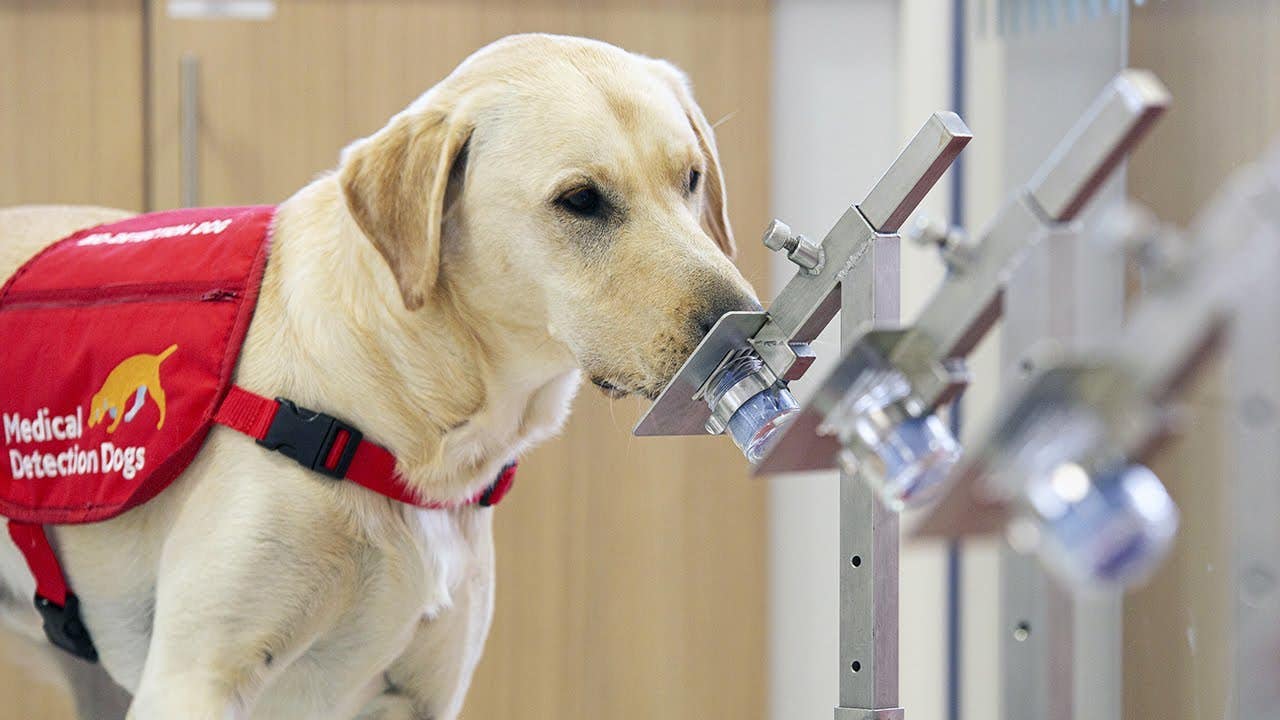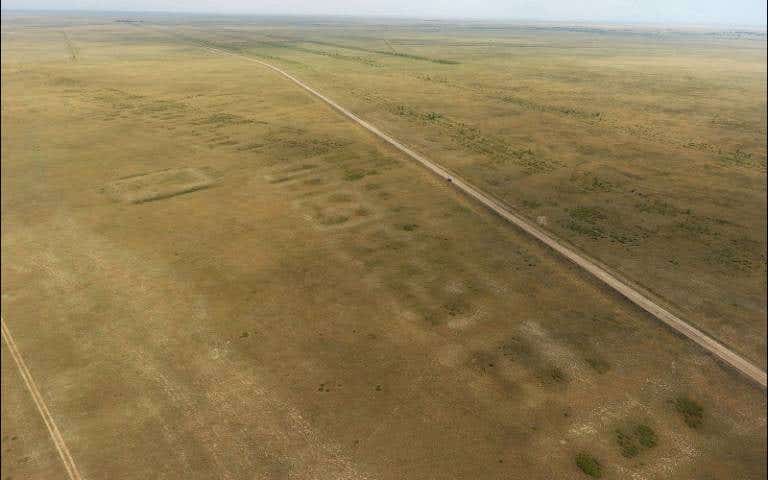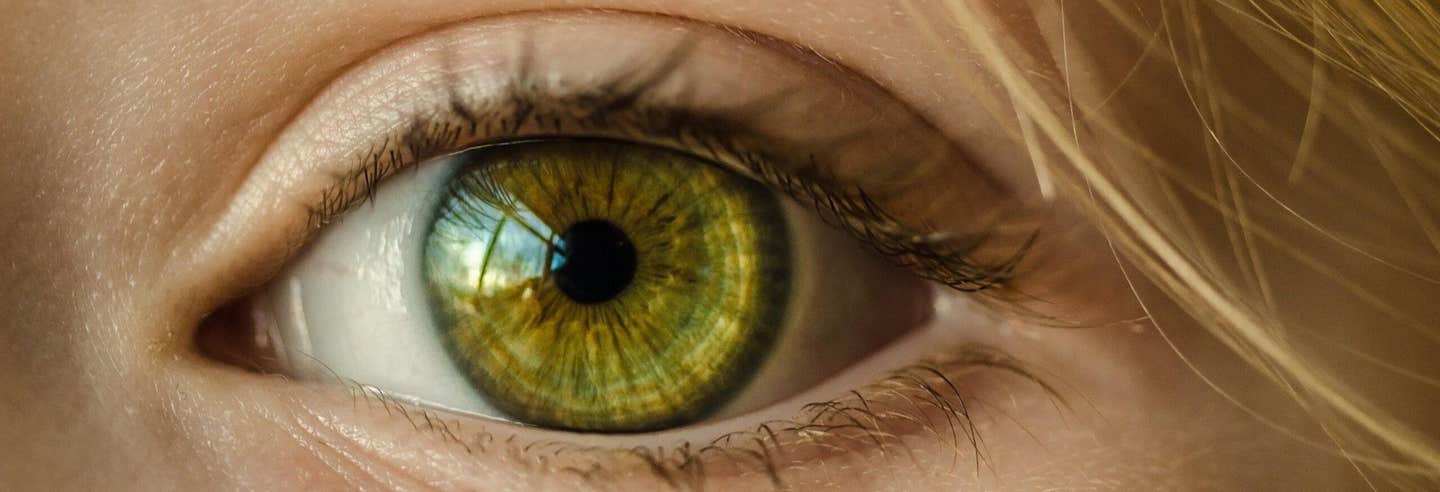Scent dogs can detect COVID-19 faster and more accurately than current tests
The COVID-19 pandemic has challenged scientists to develop innovative solutions for swift and efficient disease detection.

[July 31, 2023: Staff Writer, The Brighter Side of News]
The COVID-19 pandemic has challenged scientists to develop innovative solutions for swift and efficient disease detection. (CREDIT: Creative Commons)
The COVID-19 pandemic has challenged scientists and healthcare professionals to develop innovative solutions for swift and efficient disease detection. However, the answer may not solely lie in advanced technology but in our four-legged companions, as recent research suggests.
Published in De Gruyter’s Journal of Osteopathic Medicine, a comprehensive review proposes that scent dogs might be pivotal in shaping future responses to pandemics, potentially overshadowing existing diagnostic methods.
Dogs are revered for their exceptional olfactory capabilities. Boasting up to 300 million olfactory cells in contrast to a mere 5 or 6 million in humans, dogs utilize nearly a third of their brains to decode scents. In comparison, humans dedicate only 5% of their brain power to this sense. This prodigious olfactory faculty has seen canines effectively identifying patients with ailments ranging from cancers and Parkinson’s to diabetes, by detecting specific volatile organic compounds the body produces during these diseases.
The extensive review was a collaboration between Prof. Tommy Dickey of the University of California, Santa Barbara, and Heather Junqueira of BioScent Detection Dogs. It scrutinized 29 studies that used dogs to pinpoint COVID-19 in over 31,000 samples. An impressive collective of over 400 scientists from more than 30 countries and 19 dog breeds were involved.
Related Stories
The methods of detection varied across the studies. In some, dogs directly sniffed individuals, occasionally as part of public health screenings. Other studies saw the canines analyzing patient-derived samples like sweat, saliva, or urine.
The outcomes were astonishing. In a majority of the research, the canines showcased sensitivity and specificity on par with or surpassing the widely accepted gold standard – the RT-PCR tests or antigen tests. Highlighting their impeccable detection skills, one study found that some dogs could discern the presence of viral RNA quantities as minute as 2.6 x 10−12 per milliliter.
To put this into perspective, this degree of detection resembles identifying a single drop of an aromatic substance in a whopping ten and a half Olympic-sized swimming pools. Remarkably, this feat is a staggering three orders of magnitude superior to contemporary scientific instruments.
(A) Illustration of the three cup sniffing experiment with the first author’s Great Pyrenees (photo credit Todd Dickey). (B) One of the second author’s COVID-19 scent dogs sniffing a test canister (photo credit second author). (CREDIT: De Gruyter’s Journal of Osteopathic Medicine)
Moreover, the scent dogs could identify COVID-19 across a spectrum of cases – symptomatic, pre-symptomatic, asymptomatic, as well as new variants and the lingering symptoms known as long COVID. Their efficacy was not just restricted to accuracy but also speed. These canines could render results within seconds to minutes, eliminating the need for pricey lab equipment and the plastic waste generated by traditional diagnostic methods.
Prof. Dickey shed light on the prevalent underestimation of these canine marvels in the medical domain. “Although many people have heard about the exceptional abilities of dogs to help humans, their value to the medical field has been considered fascinating, but not ready for real-world medical use,” he noted.
Flowchart illustrating how volatile organic compounds (VOCs) are sensed and processed by dogs and ENoses (flowchart modified after Karakaya et al. [73] With permission). (CREDIT: De Gruyter’s Journal of Osteopathic Medicine)
After this extensive review, the duo firmly believes in the merit of scent dogs as potent diagnostic tools, especially beneficial during pandemics. They could even be integrated into rapid health screenings in public locales.
Reflecting on the global effort and the groundbreaking results, both Prof. Dickey and Junqueira emphasized the significance of their findings. They believe that their review, potentially the first of its kind, concretely substantiates the readiness of medical scent dogs for mainstream medical applications.
In an era dominated by rapid technological advancements, the natural prowess of scent dogs reminds us of the profound connections between the medical field and the natural world. As scientists continue to unravel the myriad ways in which dogs can aid humanity, these furry friends might just be at the forefront of revolutionizing medical diagnostics in the years to come.
For more science and technology stories check out our New Discoveries section at The Brighter Side of News.
Note: Materials provided above by The Brighter Side of News. Content may be edited for style and length.
Like these kind of feel good stories? Get the Brighter Side of News' newsletter.



